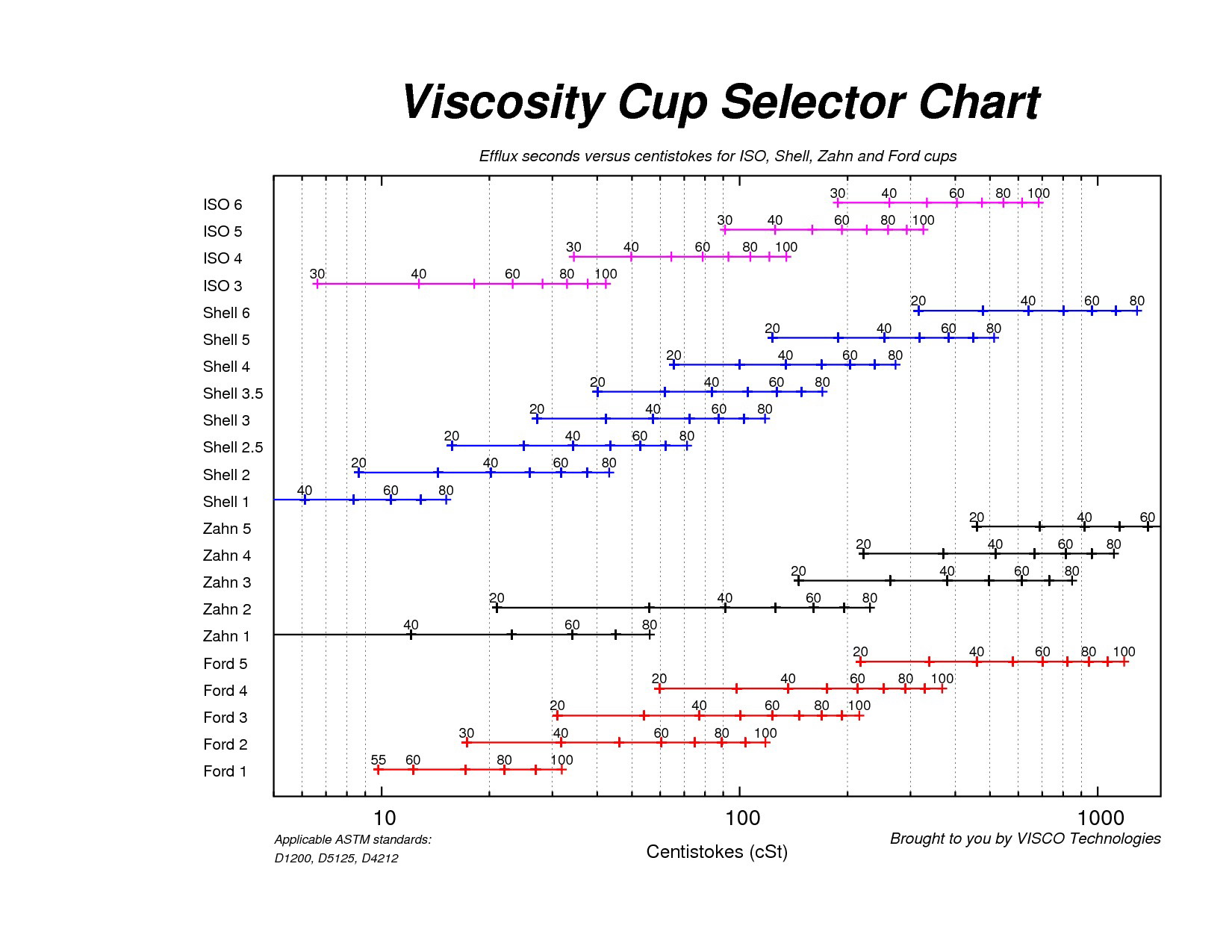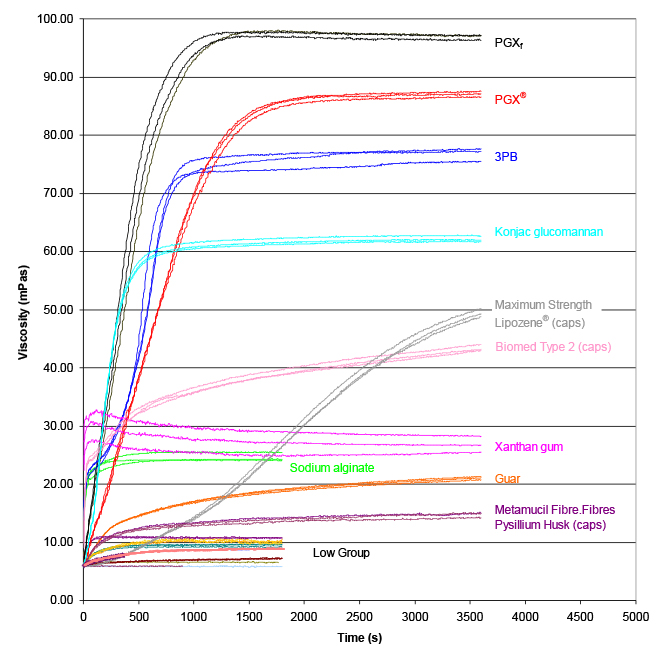

Case 4 presents WBV determined 4 th November 2003 on a 76yo male. Diagnostic results indicated ‘slightly higher than normal’ viscosity but extrapolation method indicates normal. Cases 2 and 3 are those who had WBV determined 13 th January 2003 on a 74yo male, and 25 th September 2003 on a 49yo female respectively. The subject has abnormally low haematocrit and is a classical possibility of hyperviscosity in the presence of anaemia. Diagnostic hyperviscosity result is concordant with the extrapolation method.

(ii) reference range of 7-10cP for reported result.Ĭase reviews: comparison between ‘extrapolation’ and Brookfield resultsĬase 1 presents WBV determined 14 th December 2000 on a 59yo male. The review for concordance or discordance was then performed on the basis of interpretation outcomes of (i) laboratory specific reference range for extrapolation method vs. In order to determine whether the extrapolation method at shear rate of ‘208 sec 1’ can produce results with interpretations comparable with those from Brookfield digital method, the diagnostic results were then put side-by-side with their corresponding extrapolation results ( Table 1). Therefore, for the purpose of this case review, Albury's South West Pathology reference range for haematocrit being 0.36–0.49 for men and 0.32–0.46 for women, as well as serum total protein being 60–80 g/L for both men and women, were used to determine confidence intervals and laboratory specific reference range for females and males.Įnquiry into the shear rate and viscometer used at Royal Prince Alfred indicated that WBV was determined by the Brookfield viscometer (Model LVDV-I+) method at 12rpm, and reference range given as ‘Normal 7.0–10.0 CPs’. It was previously advised that the suggested reference range (15.01–19.01 centipoises (CPs) for the extrapolation method is based on conventional reference range for haematocrit 37–54%, and serum total protein 60–78g/L stressing that the concept of individualized reference may need to be employed. Where HCT = haematocrit (%) and Prot = Serum total proteins (g/L) 1’ on this series, according to the following formula: The pair of haematocrit and serum protein values was used to extrapolate level of WBV at high shear stress (208 Sec -1) as per the ‘WBV Issue no. Among the excluded five cases: four do not have complete data (haematocrit (HCT) and/or serum total proteins (TP)) to enable mathematical extrapolation method, while one was reported as ‘insufficient sample’ for WBV assessment. In a 10-year period of January 1999 to December 2008, Albury South West Pathology has referred only ten cases to the Royal Prince Alfred hospital laboratory at Sydney, of which five cases were selected for this comparative evaluation. This study is part of the ongoing WBV series. The objective of this study is to review archived pathology case reports of WBV in order to determine level of concordance and/or discordance in interpretative abnormal or normal result between the extrapolation and Brookfield viscometer methods.

Among the many different methods for the assessment of WBV is Brookfield's digital viscometer (Model LVDV-I+), which is being used at the Royal Prince Alfred hospital. The implication is that not many clinicians are able to assess WBV when they want to. Several methods exist for the assessment of WBV, but not every pathology unit has equipment for any of the diverse methods. Given that different analytical methods have different reference values and buoyed by the fact that whole blood is a non-Newtonian fluid, which has different viscosities at different shear rates, it was recommended to investigate how the proposed reference ranges compare with the reference ranges of other blood viscosity methods.
#Viscosity comparison chart series#
1 on this series proposed an extrapolation chart with reference ranges, based on a validated mathematical formula and upon which issues No.


 0 kommentar(er)
0 kommentar(er)
